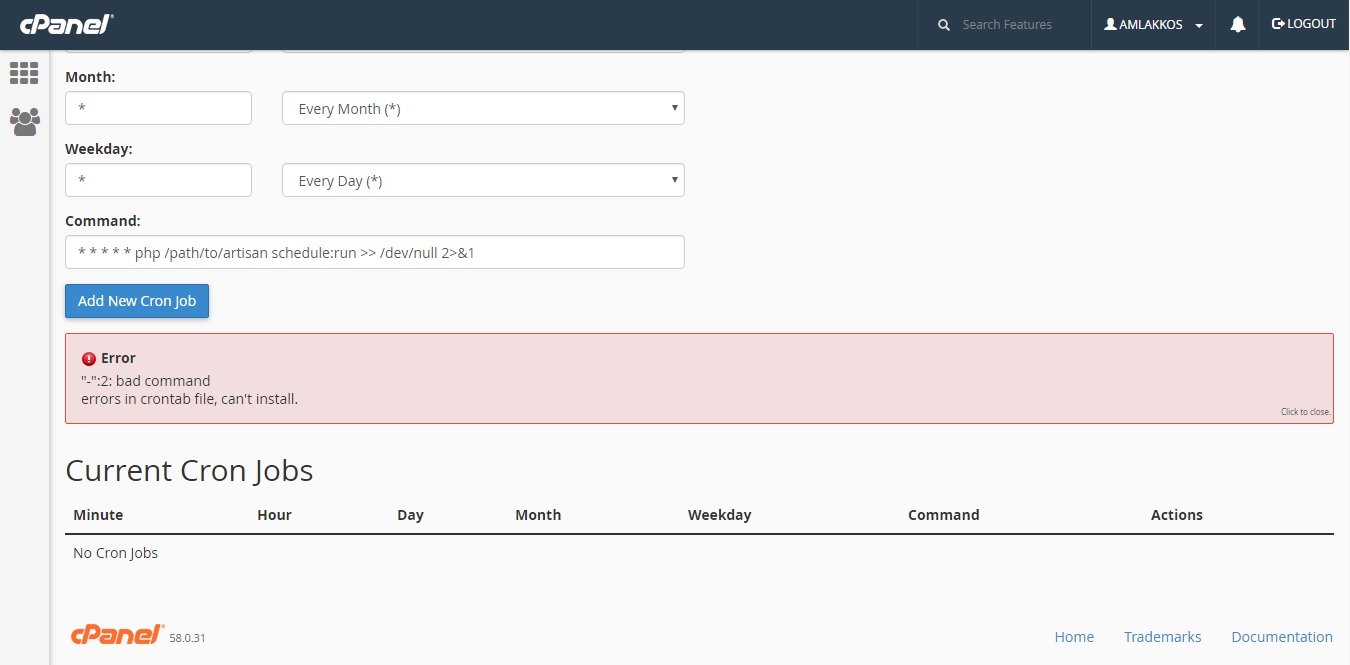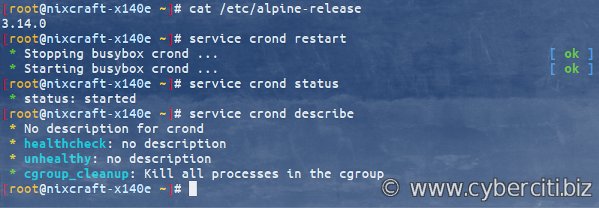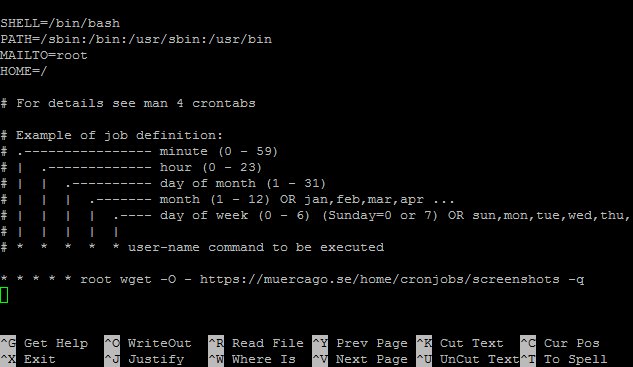Looking to master the cron schedule format? Look no further! In this article, we’ll dive into the ins and outs of the cron schedule format, providing you with a comprehensive guide to understanding and using it effectively. Whether you’re a developer, system administrator, or someone curious about how cron schedules work, we’ve got you covered. So, let’s get started and unravel the mysteries behind the cron schedule format. Get ready to take your scheduling game to the next level!
Cron Schedule Format: A Comprehensive Guide to Task Scheduling
Scheduling tasks is an essential component of any system, ensuring that various processes and activities are executed at predetermined intervals. One popular method for task scheduling is through the use of cron, a time-based job scheduler in Unix-like operating systems. Cron allows users to automate repetitive tasks, making it a valuable tool for managing and optimizing various processes. In this comprehensive guide, we will delve into the intricacies of the cron schedule format, exploring its syntax, parameters, and best practices.
Understanding Cron Schedule Format
The cron schedule format comprises five fields that define the scheduling parameters for a specific task. These fields, separated by whitespace, represent different time elements and determine when the task should be executed. The five fields, in the order of appearance, are:
- Minute: Represents the minute of the hour (0-59) when the task should execute.
- Hour: Indicates the hour of the day (0-23) when the task should run.
- Day of the Month: Specifies the day of the month (1-31) when the task is scheduled.
- Month: Denotes the month (1-12) when the task should be executed.
- Day of the Week: Determines the day of the week (0-7, where both 0 and 7 represent Sunday) when the task is scheduled.
Each field allows for different parameters, which can be specific values, ranges, or wildcards, providing flexibility when defining the cron schedule. For instance, an asterisk (*) denotes a wildcard, indicating that all possible values are valid for that field.
Syntax Examples
Let’s explore some examples to understand the cron schedule format better:
* * * * *: This schedule will execute the task every minute of every hour, every day of the month, every month, and every day of the week.30 1 * * *: This schedule will execute the task at 1:30 AM every day.0 2 * * 1-5: This schedule will execute the task at 2:00 AM from Monday to Friday.0 0 1 */2 *: This schedule will execute the task at midnight on the first day of every other month.
Advanced Cron Scheduling
The cron schedule format also supports advanced scheduling options that provide more flexibility and control over task execution. These options include:
- Step Values: Step values allow you to define intervals within a range. For example, to run a task every 10 minutes, you can use
*/10 * * * *as the cron schedule. - Lists: Lists enable you to specify multiple values within a field. For instance, using
1,15,30 * * * *will execute the task at the 1st, 15th, and 30th minute of every hour. - Range: Ranges allow you to define a continuous sequence of values. For example, using
0 9-17 * * *will execute the task every hour from 9 AM to 5 PM. - Named Months and Days: Instead of using numerical values, you can also utilize the names of months and days. For example, using
0 0 1 Jan,Feb,Mar *will execute the task on the 1st day of January, February, and March.
Syntax Examples
Here are some additional examples to illustrate the advanced scheduling options:
*/15 * * * *: This schedule will execute the task every 15 minutes.30 */2 * * *: This schedule will execute the task every 2 hours, at the 30th minute.0 0 * * 1-5: This schedule will execute the task at midnight every weekday.0 8-11,13-16 * * *: This schedule will execute the task every hour from 8 AM to 11 AM and from 1 PM to 4 PM.0 0 1 Mar,Sep * *: This schedule will execute the task on the 1st day of March and September.
Common Use Cases for Cron Schedule Format
The flexibility and versatility of the cron schedule format make it suitable for various use cases. Here are some common scenarios:
Regular System Maintenance
Cron makes it easy to schedule routine system maintenance tasks, ensuring that critical processes are automatically executed without manual intervention. Some examples include:
- Backups: Schedule regular backups of important files or databases to prevent data loss.
- Log Rotation: Rotate log files to manage disk space and maintain proper system performance.
- System Updates: Automate the update process for software packages or operating systems.
Data Processing and Reporting
Cron is often used to automate data processing and generate reports, simplifying complex tasks and minimizing human error. Some applications include:
- Data Import/Export: Schedule regular imports or exports of data between different systems or formats.
- Statistical Analysis: Generate statistical reports or perform data analysis at predefined intervals.
- Invoice Generation: Automate the creation and delivery of invoices or financial reports.
Scheduled Notifications and Reminders
Cron can be leveraged to send automated notifications or reminders, improving communication and enhancing productivity. Some examples include:
- Email Reminders: Send automated reminders for appointments, deadlines, or upcoming events.
- System Alerts: Schedule system alerts to notify administrators of critical events or issues.
- Task Notifications: Deliver notifications for task completion or upcoming assignments.
Website and Application Maintenance
Website and application maintenance can be streamlined using cron, ensuring that essential tasks are executed on schedule. Some potential use cases include:
- Database Cleanup: Automate database maintenance tasks, such as purging old or unnecessary data.
- Cache Clearing: Schedule cache clearing to optimize website performance and user experience.
- Security Updates: Automate security patches and updates to safeguard against vulnerabilities.
Best Practices for Cron Schedule Format
While the cron schedule format offers great flexibility, it is essential to adhere to best practices to ensure accurate and reliable task scheduling:
- Testing and Validation: Before deploying a cron schedule, thoroughly test and validate it to ensure it functions as intended.
- Monitoring and Logging: Implement monitoring and logging mechanisms to track task execution and identify potential issues.
- Documentation: Maintain detailed documentation of cron schedules, including their purpose, parameters, and any associated scripts or commands.
- Error Handling and Notifications: Incorporate proper error handling mechanisms and notifications to ensure timely awareness of any issues.
- Modular and Reusable Scripts: Utilize modular and reusable scripts to enhance maintainability and flexibility of cron tasks.
Example Cron Schedule Checklist
Here is a checklist to help you streamline the process of creating cron schedules:
- Define the scope and purpose of the task.
- Choose appropriate time intervals based on the requirements.
- Consider any dependencies or prerequisites for the task.
- Validate the cron expressions using a reliable cron syntax validator.
- Implement proper logging and error handling mechanisms.
- Document the cron schedule for future reference or modifications.
The cron schedule format is a powerful tool for automating task scheduling in Unix-like operating systems. By understanding the syntax and utilizing various parameters, you can harness the full potential of cron to optimize and manage a wide range of processes. Whether you need to schedule regular backups, generate reports, or automate system maintenance, the flexibility and precision of the cron schedule format make it an invaluable asset. By following best practices and thoroughly testing your cron schedules, you can ensure reliable and efficient task execution, saving time and enhancing productivity.
Linux Crash Course – Scheduling Tasks with Cron
Frequently Asked Questions
What is the cron schedule format?
The cron schedule format is a time-based syntax used to define recurring tasks in Unix-like operating systems. It consists of six fields separated by spaces that represent specific time elements.
What are the six fields in a cron schedule?
The six fields in a cron schedule are minute, hour, day of the month, month, day of the week, and the command or script to be executed.
Can you provide an example of a cron schedule format?
Sure! Here’s an example of a cron schedule format: 30 9 * * 1-5 /path/to/command. This cron schedule means that the command will be executed at 9:30 AM every Monday to Friday.
Can I use an asterisk (*) as a wildcard in a cron schedule?
Yes, you can use an asterisk (*) as a wildcard in any field of a cron schedule. For example, using an asterisk in the hour field would mean the command will be executed every hour.
How do I schedule a task to run at specific intervals using cron?
To schedule a task to run at specific intervals, you can use the slash (/) character followed by a number in the relevant field. For example, */5 * * * * would execute the command every 5 minutes.
Is there a limit to the number of cron schedules I can set up?
No, there is typically no limit to the number of cron schedules you can set up. However, it’s important to ensure that you don’t overload your system with too many scheduled tasks, as it might negatively impact system performance.
Final Thoughts
The cron schedule format is a widely used syntax for scheduling tasks in a Unix-like operating system. It allows users to define the precise timing and frequency at which a task should be executed. With its simple and flexible structure, the cron schedule format provides a convenient way to automate recurring tasks. By understanding the format’s components such as minute, hour, day, month, and day of the week, users can easily create and manage schedules for their desired tasks. Integrating the cron schedule format into your workflow can greatly enhance efficiency and ensure timely execution of important tasks.




